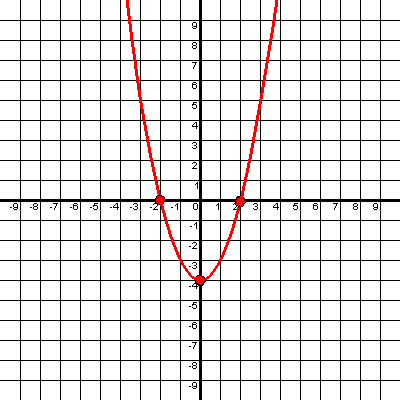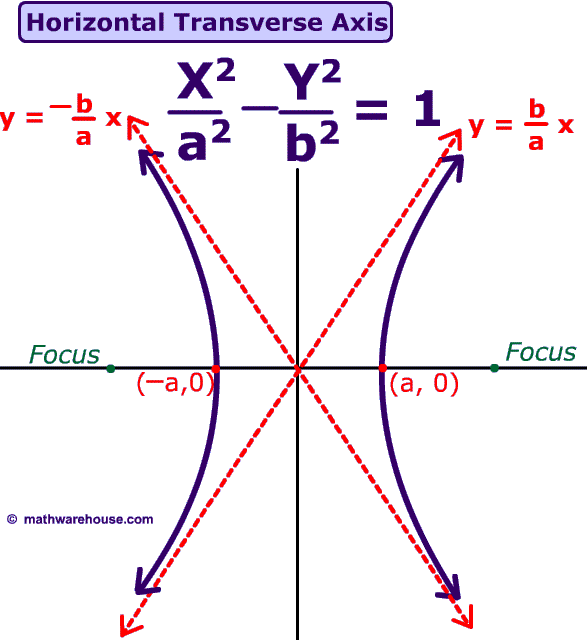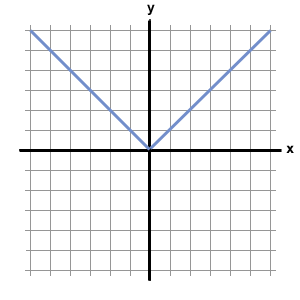Mistake1: The mistake is that "x" is going up by
5 and not by 1. The slope would be 10/5. This equals 2 and not 10/1!
Mistake2: The mistake is that he only checked 1 equation, but he had to check both!
Mistake3: The mistake of the first graph is that it is a solid line and not a dotted line!
The mistake of the second graph is that it is shaded below and not above!
Mistake4:
The mistake in the first graph is the solid line. It should be a dotted line.
The mistake in the second graph is that it is shaded above. It should be below.
















